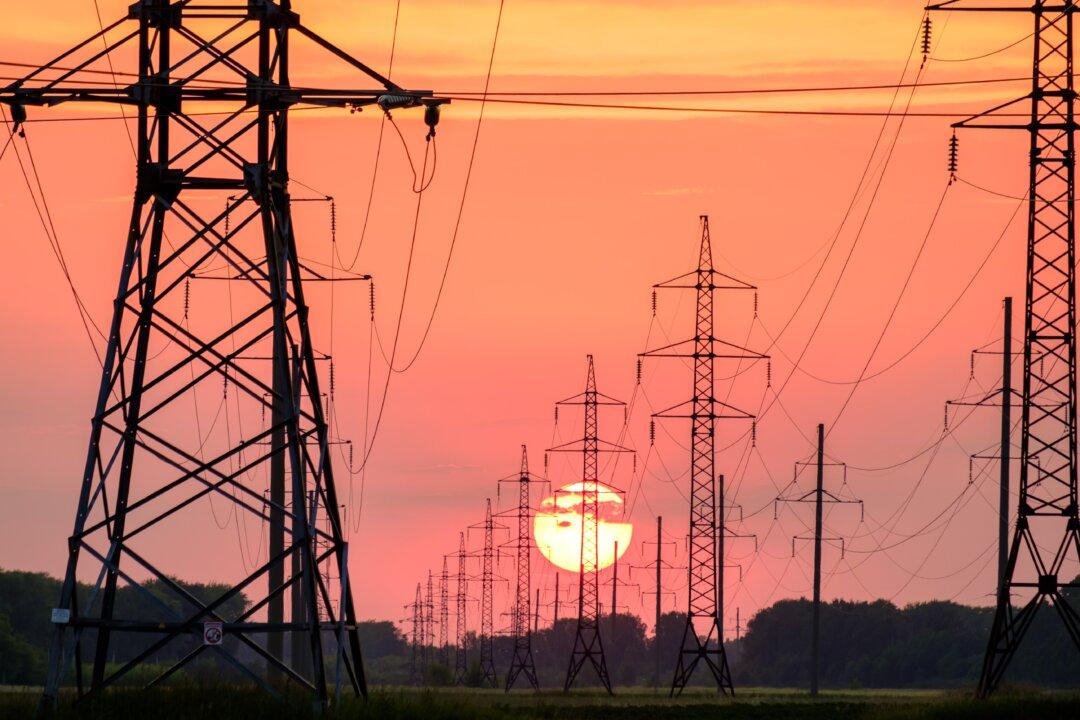A sequence of unforeseen coal power plant outages and cold weather has put a severe strain on Australia’s electricity grid, sending energy and gas prices soaring.
The National Electricity Market witnessed a threefold increase in consumer spot prices, reaching an average of $120 per megawatt-hour (MWh) in June, compared with around $43 per MWh for the same month last year.





